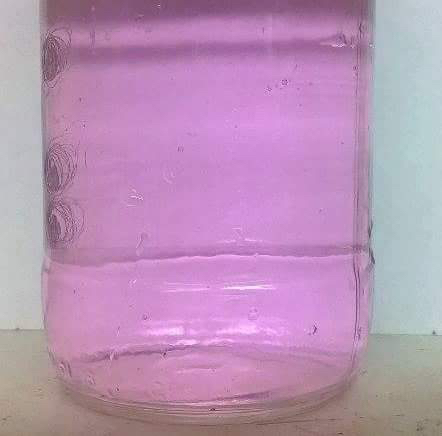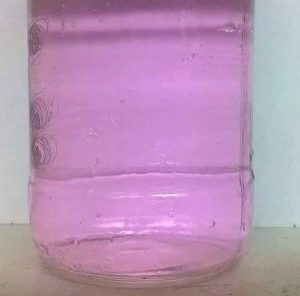Boil advisory as Pomeroy water turns pink


POMEROY – Pomeroy Village Water customers are under a boil water advisory following the chemical, sodium permanganate being accidentally dumped into the water supply.
According to Jean Durst, an equipment malfunction led to too much sodium permanganate being dumped into the water supply. The Environmental Protection Agency (EPA) directed that a boil water advisory be issued following the discovery.
Durst works in the village tax office, and also covers the water office at times. Ann Williams normally works in the water office, but was out of the office when the Meigs Independent Press was there to inquire about the boil water advisory.
Durst said that until the test results come back, “the boil water advisory will be in effect.”
She said Joe Woodall, Middleport Village Administrator who has also been overseeing the water department at Pomeroy until a replacement administrator is hired, was working to get the test results back as quickly as possible.
Durst said hydrants were flushed earlier on Tuesday, but the sodium permanganate may still be in lateral lines.
In the mean time, residents woke up to pink water, but did not receive a boil advisory issued until nearly 3 p.m.
While the water is a lighter pink, as of 4:55 p.m., some Pomeroy water customers confirmed their water was still pink with the Meigs Independent Press.
According to epa.gov, “Permanganate is a strong oxidant used primarily to control taste and odors, remove color, control biological growth in treatment plants, control zebra mussels in intake structures and pipelines, and remove iron and manganese. Permanganate can also be used for controlling the formation of trihalomethanes and other disinfection byproducts by oxidizing precursors and reducing the demand for other disinfectants. Permanganate has also shown to lower coagulant dose requirements and improve clarification.”
It also states concerning contact time and dosage, “Typical doses are approximately 1 mg/L, but can vary depending on water quality and the application point (generally ranges between 0.1 and 5 mg/L). Higher potassium permanganate dose increases its oxidation capabilities. Dosage needs to be carefully controlled so that permanganate residual does not remain in the water. Sufficient contact time must be provided to exhaust the permanganate residual before reaching the distribution system. Powdered activated carbon, iron salts and hydrogen peroxide can be used for removing excess permanganate. Higher temperature slightly increases the disinfection efficiency of potassium permanganate. Higher pH tends to increase the oxidation capabilities of potassium permanganate, however, better disinfection is achieved at lower pH.”
The Meigs Independent Press will update this story as more information becomes available.






